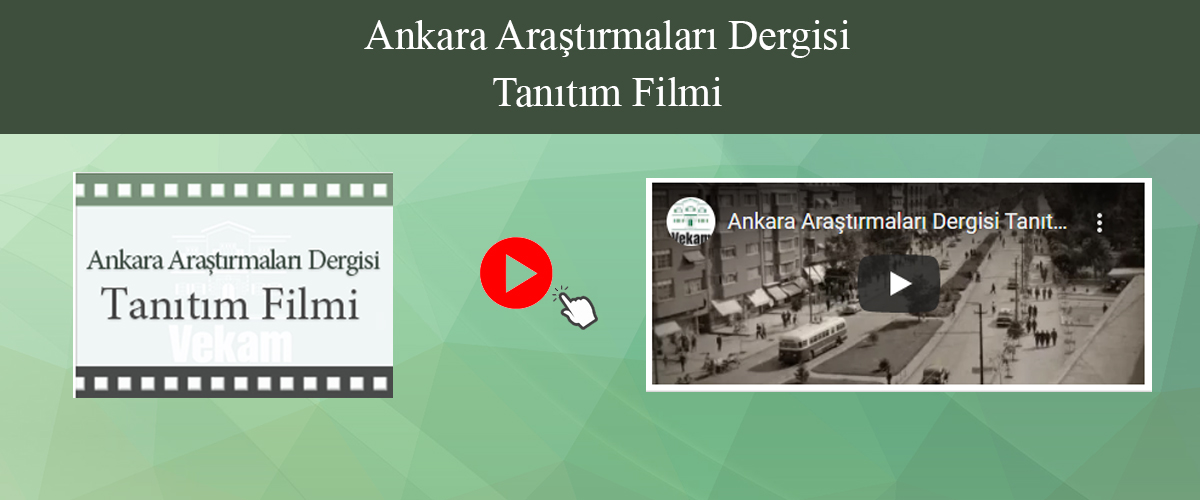Review Process
The Journal employs a double-blind peer review system, which ensures that the identities of both reviewers and authors remain anonymous. Each manuscript undergoes a thorough evaluation process, typically involving at least two external reviewers and editors from the Journal.
The following is an outline of the peer review process:
- The submitted manuscript is first reviewed by the editor, who determines its suitability for further evaluation. The editor is assigned to each manuscript deemed suitable for review. Preliminary review by the editor includes adherence to the Journal's focus and scope, publication quality, language quality, ethical standards, and conflict of interest.
- Manuscripts that do not qualify for peer review, such as those that lack scientific merit, originality, or relevance to the target audience, may not be further reviewed.
- If the editor deems the manuscript suitable for evaluation, it is then sent to at least two independent reviewers for peer review. Reviewers must review the submissions assigned to them within three weeks according to the specified criteria and submit their recommendations. If a reviewer does not complete the review within this timeframe, the editors may reassign the article from that reviewer to a third and/or fourth reviewer. In the event of a disagreement between two reviewers, the opinion of a third reviewer will be sought.
- Articles submitted for publication in the opinion section of the Journal are evaluated by the editors. If deemed necessary, the editors may request a peer review of the article, request necessary revisions from the authors, or reject the article altogether.
- The editor carefully reviews the evaluations provided by the reviewers and then makes a decision. The manuscripts requiring revisions are communicated to the authors through the system, along with reviewer reports (without revealing the identity of the reviewers) and editor notes. After making the requested revisions, the authors upload the revised version back into the system, and the manuscript is resent to the designated reviewer(s). This process continues until the reviewers have evaluated the author's revisions and approved the article for publication.
- The final decision to accept or reject a manuscript rests with the editor. The editors determine the issue of the Journal in which accepted articles will be published.
- The publication process of submitted manuscripts to the Journal is expected to be completed within 6 months. The period between the date of requesting revisions by the reviewers or editors and the date of authors' revisions is not included in the 6-month timeframe.
Appeals and Complaints
The Journal of Ankara Studies follows Committee on Publication Ethics (COPE) guidelines on appeals and complaints about the peer review process. Appeals to editorial decisions are welcomed. However, authors must present strong evidence, additional information and data in the appeal letter. Authors can send an appeal letter to the editorial office [email protected] e-mail address. Appeal letters should include (if available)
- detailed reasons for your appeal
- details of the technical errors
- specific points of disagreements and disputes with the editorial decision
- evidence regarding conflict of interest
- any other relevant information that can aid in the review of the appeal
The editors will respond to the request within one month. Editors may reject or accept the manuscript, request a revision, or suggest initiating an additional review process. All decisions on appeals are final. For more information about the policy on appeals and complaints, please contact the editorial office.
Peer-Review Process for Editors and Reviewers
Technical check is carried out by the editorial office including:
- Similarity checks via Turnitin or iThenticate
- Format requirements
- Whether all the necessary information is provided or not
- Completion of files, forms, documents, statements
Preliminary review by the editor including adherence to:
- Journal's aim, focus, and scope
- Publication quality
- Language quality
- Ethical standards
- Conflict of interest
Editor either rejects the manuscript or forward it to reviewers.
Review process by peer-reviewers includes:
- Declaration of competing interests (If there is conflict of interests, the editorial office will evaluate the relationship and if deemed permissible, reviewers will be assigned. The editorial board will follow the COPE’s guideline on conflict of interests.)
- Review of the manuscript thoroughly
- Quality assessments (Research question, hypothesis, theoretical background and relevance to the scientific literature, methodology, scientific standards, language and presentation.)
- Providing feedback
- Making one of four recommendations that are “accept for publication”, “minor revision”, “major revision” or “reject”.
- Drafting a review report
Final Decision for Publication
- Once the author(s) complete revisions and/or the final version of the manuscript, reviewers forward their recommendations for publication to the editor. There may be more than one round of peer review before a final decision is made.
- The editor evaluates the reviewers' recommendations, makes a final decision, and shares this decision with the authors. A manuscript can be either accepted for publication or rejected.
- If the manuscript is accepted, the production team will prepare the manuscript for publication.















